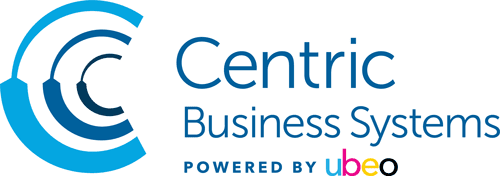Security and Business Continuity During COVID-19
When a manmade or natural disaster strikes, it’s important for organizations of any size to have a plan that ensures business functions continue as securely as possible during the crisis. The COVID-19 pandemic has made it clear that a secure business continuity plan not only needs to address home office needs, but also meet new challenges like the increased reliance on remote workers. Making sure these remote workers have the tools, IT support, and communications abilities to securely carry on the functions of the establishment can be a challenge.
While each operation is unique, some needs are universal. With that in mind, here’s a checklist that may help in the creation or in support of a business continuity plan that meets the needs of work-at-home employees and helps them comply with the security policies of the organization. The list is not an exhaustive one, but it is intended to provide a quick guide on some points to consider in creating or augmenting a business continuity plan, particularly when supporting remote workers.
Preparation
☐Determine the business functions and software/applications required for the business to remain operating.
Function
- HR
- Legal
- Sales/Marketing
- Engineering
- Production
- Public Relations
- Payroll
- Finance/Accounting
- Operations
- Research & Development
- IT
- Distribution
Software/Applications
- ERP
- Document Management/Content Management/Process Management
- Collaboration applications (e.g. Microsoft Teams, Google Docs, Asana, Slack, Webex, etc.)
- Sales/Marketing Automation (e.g. Salesforce, Hubspot, Marketo, etc.)
- Legal
- Resource/Procurement/other Operational Software/applications
☐ Determine what functions could be handled remotely.
☐ Determine what assets and services are required for employees to work remotely and have them available. Examples: computers/laptops, high-speed internet access, business-grade VPN, subscriptions and log-in information for employees to access needed software and other services.
☐ Choose and have a video conferencing platform available, and be ready to acquire or activate the required number of licenses needed (Webex, Zoom, Google Hangouts, etc.)
☐ Have company guidelines on use of corporate assets and security guidelines while working remotely.
☐ Have company guidelines on document/communication/information security while working remotely (e.g., how to use two-factor authentication, logging off computers when not in use, being aware of phishing attacks during crisis and what to do if employee suspects a phishing attack, etc.).
☐ Create a communications plan for communicating with customers, employees, suppliers, clients, etc., to keep them up to date of company actions during crisis.
Implementation
☐ Confirm network bandwidth is adequate to support the volume of incoming traffic from remote employees.
☐ Confirm that all software/applications are accessible to remote employees either via cloud or secure connections to corporate network servers.
☐ Distribute (if needed) necessary computer/laptops and other required hardware needed by remote employees, ensuring that all have latest OS, applications, and security software installed.
☐ Test and ensure VPN, video conferencing, and cloud services, etc. are accessible by remote employees.
☐ Ensure backups of services and data are done and available in case the primary services are unavailable.
☐ Ensure all employees have a copy of the security guidelines for working with corporate assets remotely.
☐ Ensure IT support is readily available and is quick acting to resolve problems or issues should remote employees have them.
☐ Communicate with remote employees daily on status of company’s actions during crisis and other daily activities to ensure they don’t feel isolated.
Any crisis, including the current pandemic, will eventually subside and normal business will resume. Continuing through a crisis with a plan that enables workers to work in a secure way from wherever they may be can make the difference between whether an organization rebounds quickly or remains faced with challenges in meeting clients’ needs. When preparing or implementing a business continuity plan – especially one requiring remote employees – partnering with an expert in the technology and services needed to carry out the plan is essential.
Centric Business Solutions understands the security needs a business continuity plan requires. Centric can help in planning, and provide the equipment, software, analysis and managed services that help organizations continue business in times of crisis. Call for an analysis, or just to chat about how your business continuity plan might be improved. Centric will help you get back to normal as quickly as possible.
Tags: IT Services, Security
